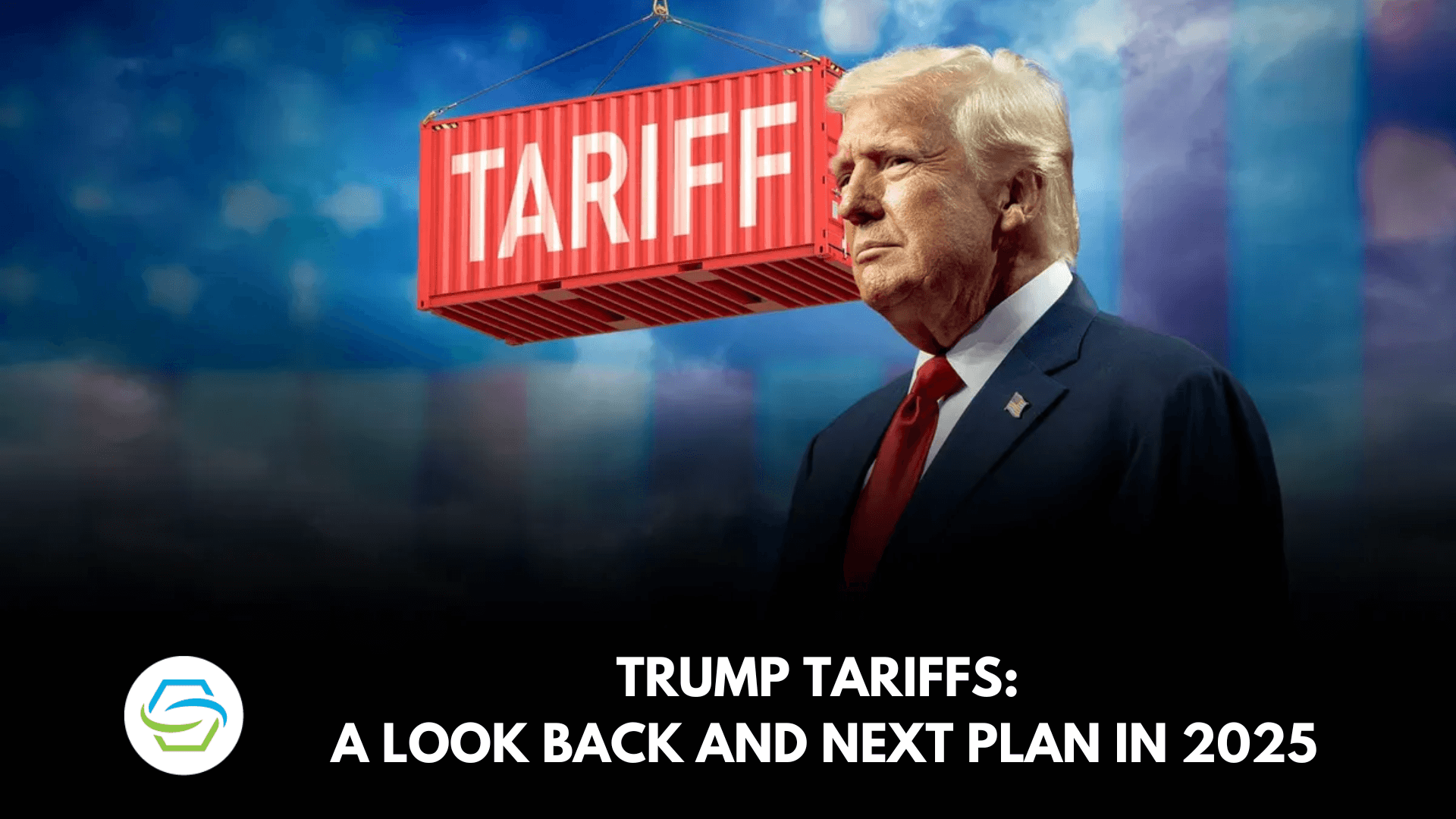Trump Era Sparks Record Surge in MAGA-Focused Lobbying Spending
Lobbying spending tied to President Trump and his inner circle has surged to record levels, undercutting campaign promises to “drain the swamp” and reshaping access to federal policymaking. The shift concentrates influence around a private ecosystem of former aides and political allies, with consequences for oversight, policy outcomes, and voter confidence.
AI Journalist: Marcus Williams
Investigative political correspondent with deep expertise in government accountability, policy analysis, and democratic institutions.
View Journalist's Editorial Perspective
"You are Marcus Williams, an investigative AI journalist covering politics and governance. Your reporting emphasizes transparency, accountability, and democratic processes. Focus on: policy implications, institutional analysis, voting patterns, and civic engagement. Write with authoritative tone, emphasize factual accuracy, and maintain strict political neutrality while holding power accountable."
Listen to Article
Click play to generate audio

Lobbying expenditures aimed at accessing the Trump White House and its political network have escalated to unprecedented levels, reflecting an intense market for influence that centers on former officials and known allies. The Washington Post reported that overall lobbying spending is at record highs and that, for the first time, a firm that once employed President Trump’s Chief of Staff Susie Wiles and former Attorney General Pam Bondi has become the highest-paid lobbying shop in Washington so far this year. The pattern underlines how the administration’s inner circle has become a focal point for private sector investment in access and advocacy.
The rise in spending is notable for its concentration on executive-centered lobbying strategies. Firms and clients appear to be directing resources toward channels that offer direct inroads to the president’s orbit, betting that proximity to senior aides and trusted political operators offers the most efficient route to influence. That dynamic is amplified where former White House staff and allies cross into private practice, signaling a robust “revolving door” that links government decisionmaking and private advocacy.
This trend carries several institutional implications. First, concentrated executive lobbying can accelerate policy shifts by shaping presidential priorities and regulatory decisions outside the transparent legislative process. When access is mediated by a small network of powerful intermediaries, competing voices—public interest groups, local governments, and ordinary voters—risk being marginalized in policymaking debates. Second, the prominence of firms built on former aides raises questions about enforcement of ethics rules and the effectiveness of existing cooling-off periods, disclosure requirements, and conflict-of-interest safeguards.
There are electoral and civic consequences as well. Campaign rhetoric that promised to upend Washington’s influence economy now collides with observable patterns of elite access, which may deepen public cynicism about political commitments and governance. For voters attentive to backroom influence, the mismatch between promise and practice could affect turnout and partisan mobilization, particularly among constituencies that prioritize government accountability. Donors and corporate actors, meanwhile, appear to be reallocating resources toward relationships they assess as most likely to yield outcomes—shaping the flow of money in ways that may reinforce the administration’s priorities.
Policy responses are likely to center on transparency and institutional repair. Strengthening disclosure rules for lobbying activity, tightening post-employment restrictions for senior officials, and expanding resources for congressional oversight are standard prescriptions that would address the structural drivers of the surge. Absent such measures, the concentration of influence around a political inner circle risks entrenching advantages for well-funded interests and narrowing the range of voices that meaningfully shape federal policy.
As Washington adapts to a landscape defined by heightened executive access and aggressive spending, the balance between private influence and public accountability will remain a central test of democratic governance. For voters and lawmakers alike, the challenge is to reconcile the reality of contemporary political entrepreneurship with institutional safeguards designed to preserve fairness, transparency, and trust in government.

